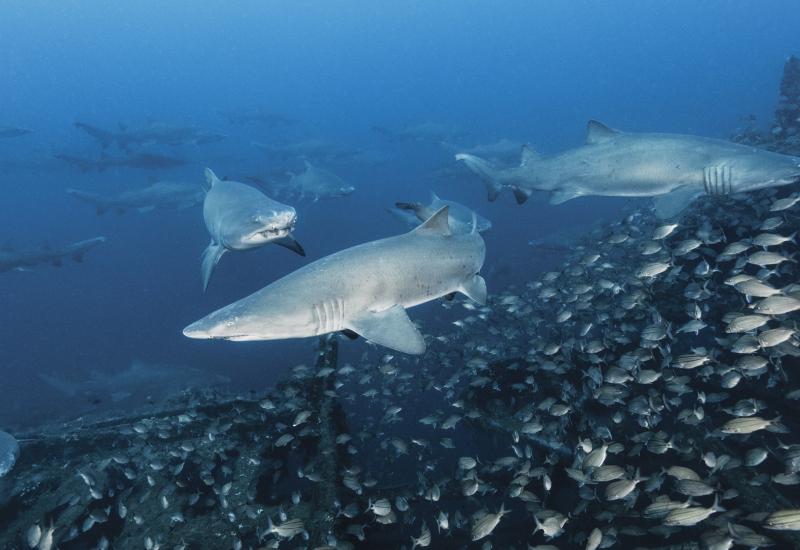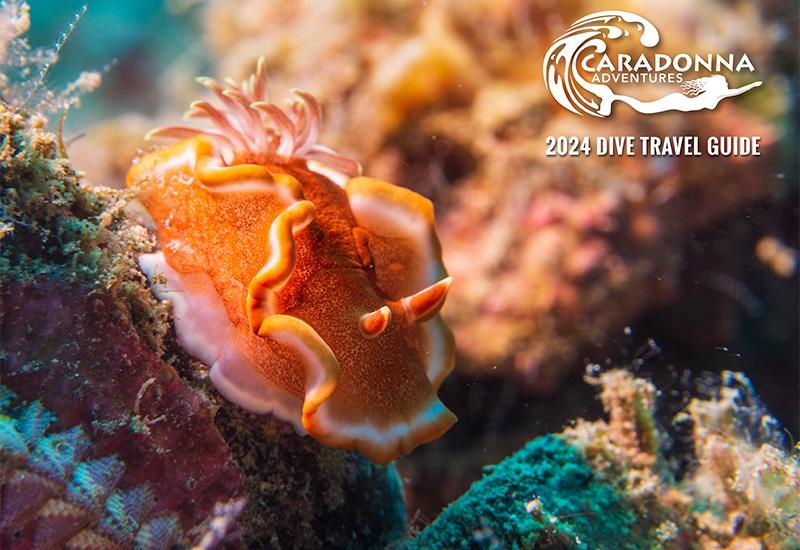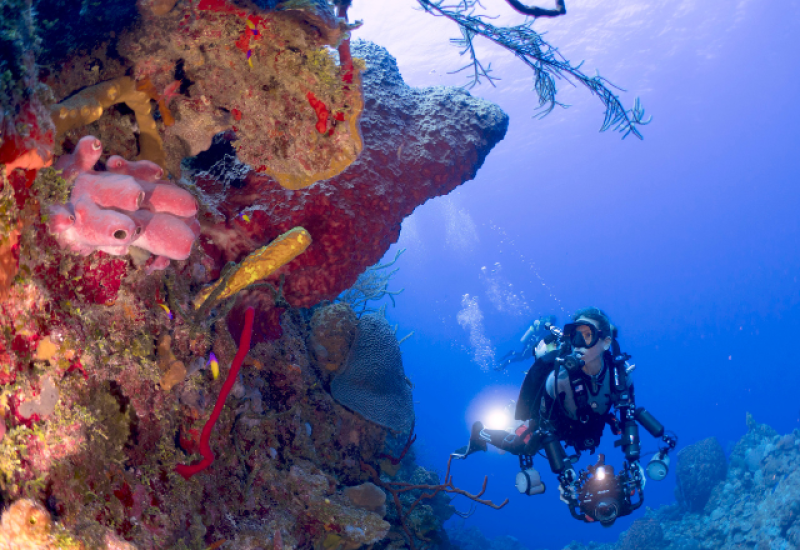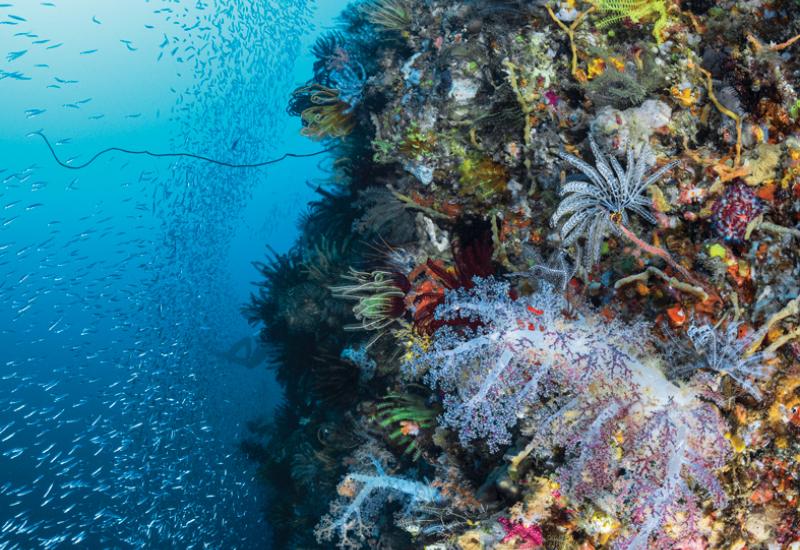Cayman Five Ways— Tec Diver

Guardian of the Reef, Cayman Islands
Ellen Cuylaerts
Peering over the edge of Grand Cayman’s North Wall inspires equal parts terror and awe. But as I fly my rebreather down the vertical seascape, fear turns to wonder at the colorful mural of sponges, corals and bright tropical fish. The suboceanic terrain surrounding Grand Cayman offers divers who want to go deep an endless playground of out-of-bounds adventure. But it’s the experienced operators supporting mixed-gas and rebreather diving who make the destination such a haven for the technical tribe — not to mention the local crew of passionate tec divers and instructors who are willing to share their secrets (well, some of them).
Eons ago, when the submerged walls around the islands were exposed sea cliffs, Mother Nature created chimneys, chutes and tunnels that now make for seriously exciting diving. Sites such as Funky Town, Nancy’s Chute, Dan’s Donut and Elephant Ear are world-class deep dives pioneered by resident tec enthusiasts. Two Grand Cayman wrecks are popular with tec divers: Kittiwake, a training ground for wannabe wreck divers, and the more-advanced Carrie Lee, which teeters on the edge of a cliff at 260 feet. Cayman Brac’s Tibbetts can also be penetrated by certified wreck divers.

Diving the Kittiwake
Alexander Mustard
For many tec divers, the real attraction is Grand Cayman’s fabled sponge belt, which circles the island between 200 and 300 feet. Gigantism runs amok in this zone, creating massive barrel, elephant ear, and other sponges, thanks to prime growing conditions and very little human interference.
“There is a lip at approximately 200 feet where the main wall tends to just fall away and open up a whole new world,” says Steve Tippetts, senior instructor at Divetech. “My favorite depth is between 200 and 260 feet, where some of the sponges look big enough to climb inside, and the colors in this region are just spellbinding, with lots of reds and iridescent blue coral features.”
Click here for more information on tec diving in the Cayman Islands.

Cayman Islands Logo
Cayman Islands
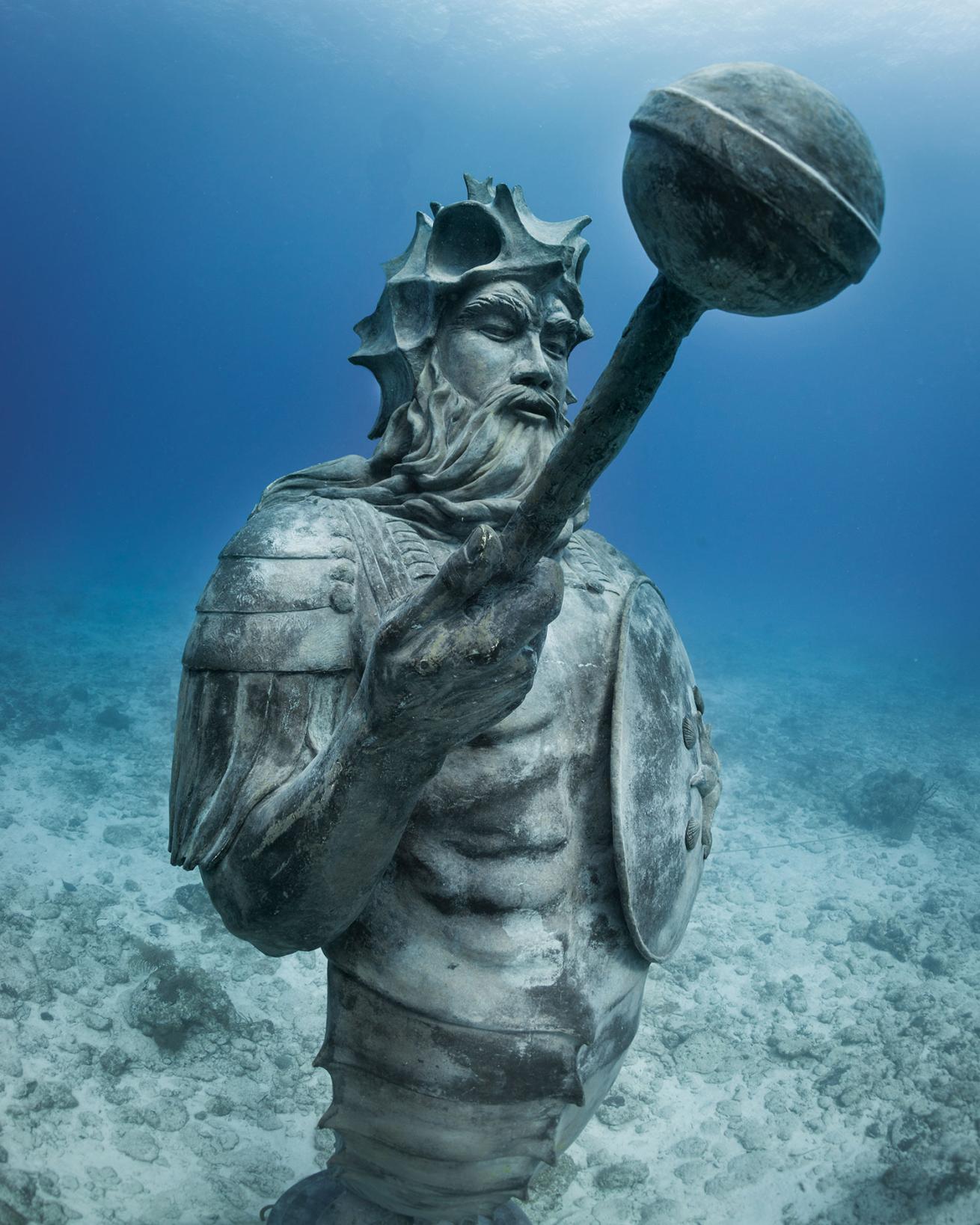
Ellen CuylaertsGuardian of the Reef, Cayman Islands
Peering over the edge of Grand Cayman’s North Wall inspires equal parts terror and awe. But as I fly my rebreather down the vertical seascape, fear turns to wonder at the colorful mural of sponges, corals and bright tropical fish. The suboceanic terrain surrounding Grand Cayman offers divers who want to go deep an endless playground of out-of-bounds adventure. But it’s the experienced operators supporting mixed-gas and rebreather diving who make the destination such a haven for the technical tribe — not to mention the local crew of passionate tec divers and instructors who are willing to share their secrets (well, some of them).
Eons ago, when the submerged walls around the islands were exposed sea cliffs, Mother Nature created chimneys, chutes and tunnels that now make for seriously exciting diving. Sites such as Funky Town, Nancy’s Chute, Dan’s Donut and Elephant Ear are world-class deep dives pioneered by resident tec enthusiasts. Two Grand Cayman wrecks are popular with tec divers: Kittiwake, a training ground for wannabe wreck divers, and the more-advanced Carrie Lee, which teeters on the edge of a cliff at 260 feet. Cayman Brac’s Tibbetts can also be penetrated by certified wreck divers.
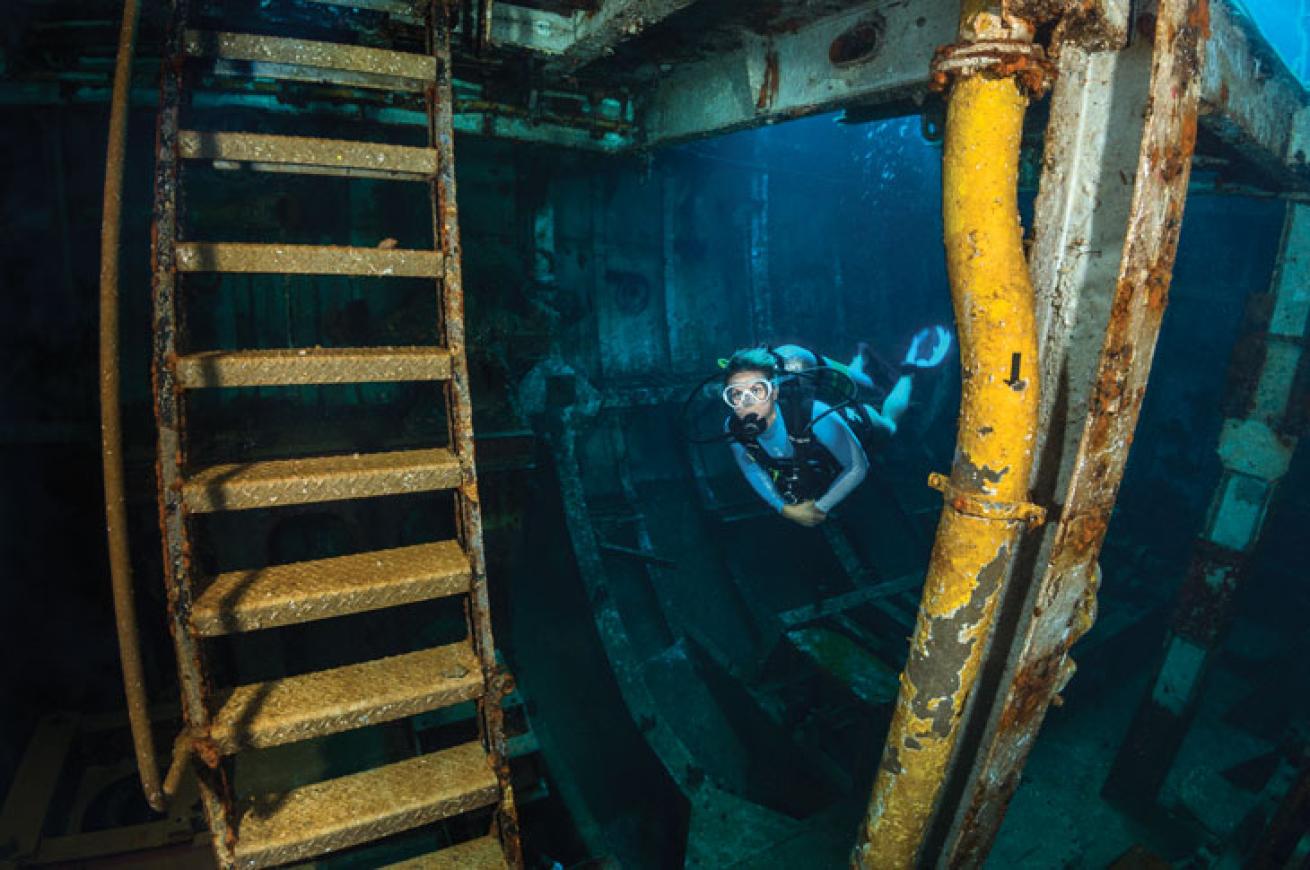
Alexander MustardDiving the Kittiwake
For many tec divers, the real attraction is Grand Cayman’s fabled sponge belt, which circles the island between 200 and 300 feet. Gigantism runs amok in this zone, creating massive barrel, elephant ear, and other sponges, thanks to prime growing conditions and very little human interference.
“There is a lip at approximately 200 feet where the main wall tends to just fall away and open up a whole new world,” says Steve Tippetts, senior instructor at Divetech. “My favorite depth is between 200 and 260 feet, where some of the sponges look big enough to climb inside, and the colors in this region are just spellbinding, with lots of reds and iridescent blue coral features.”
Click here for more information on tec diving in the Cayman Islands.

Cayman Islands

